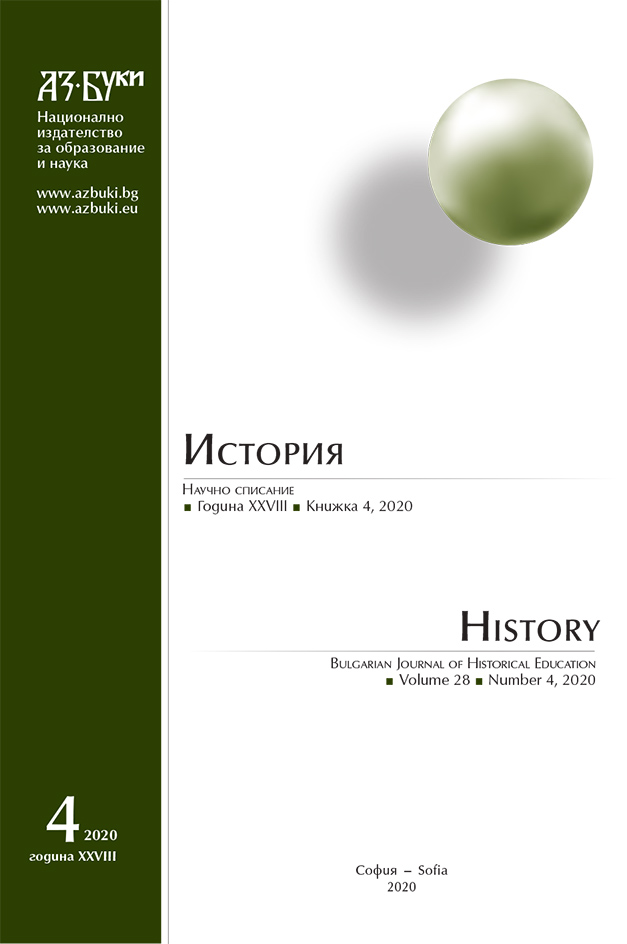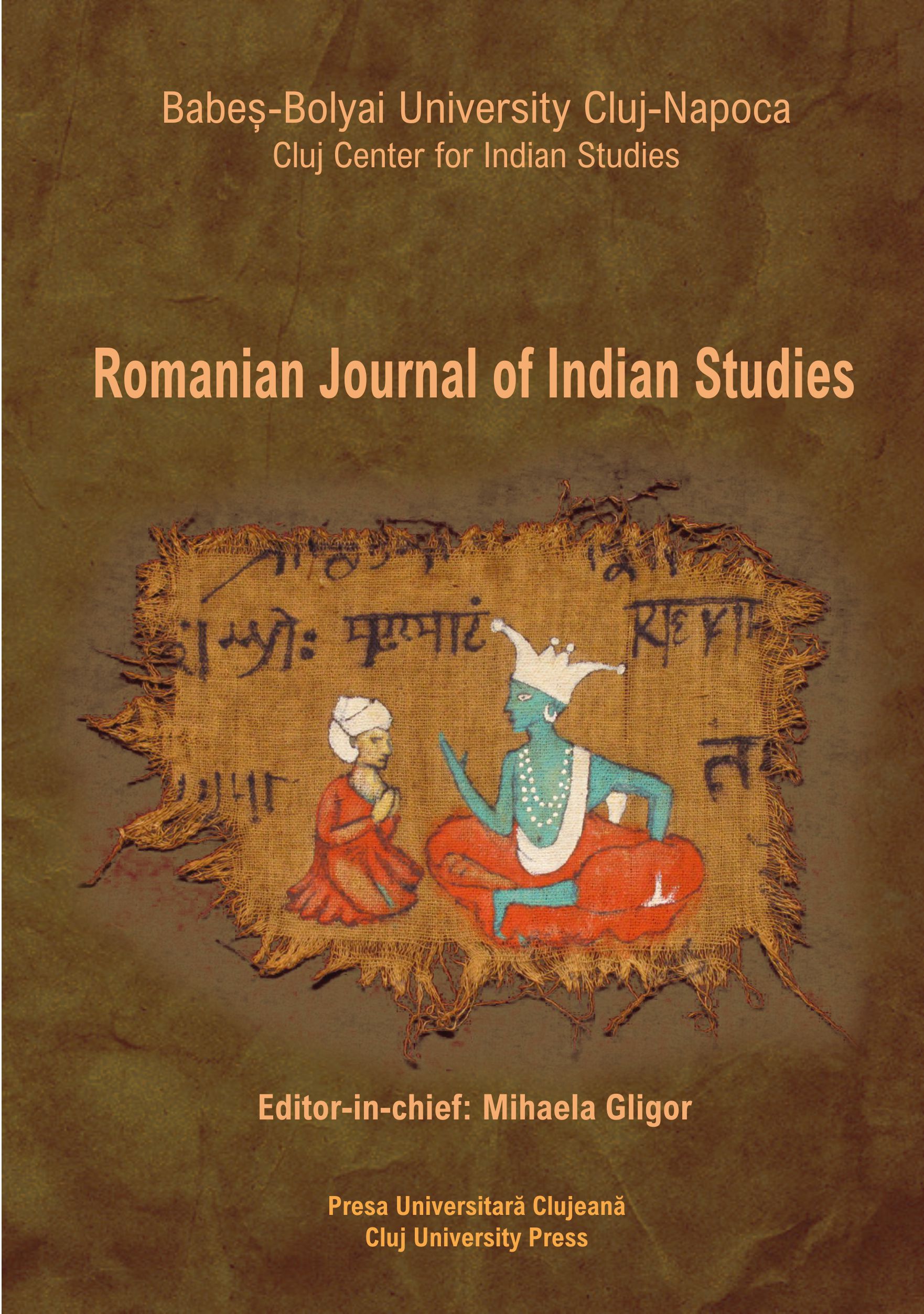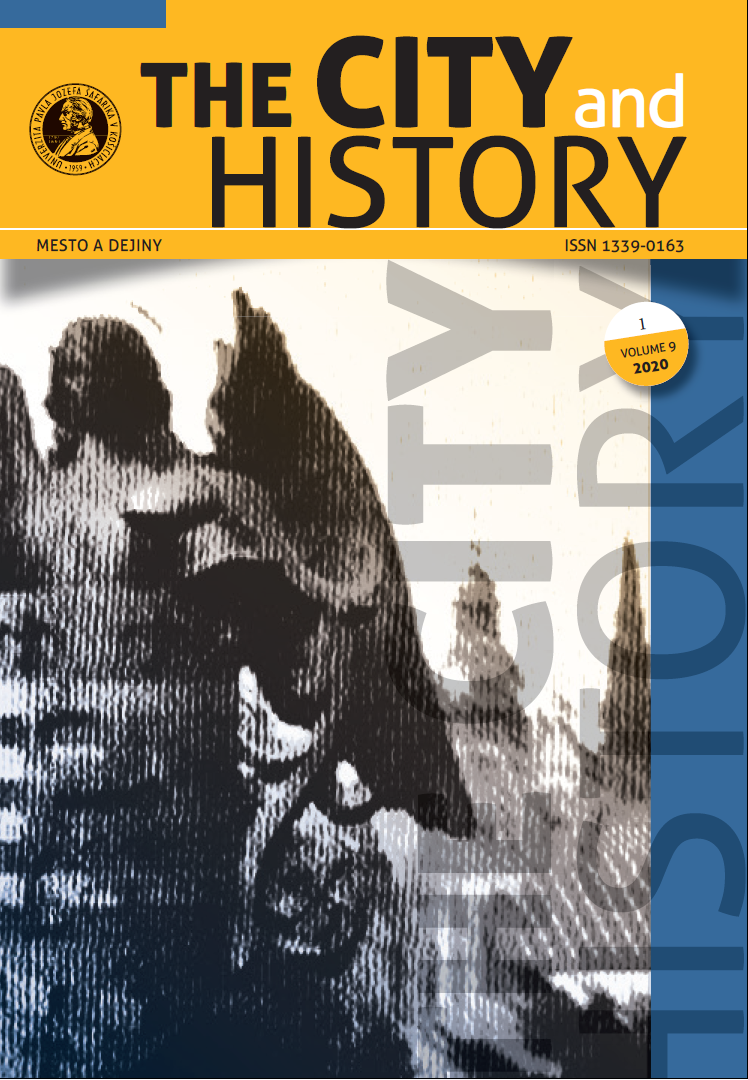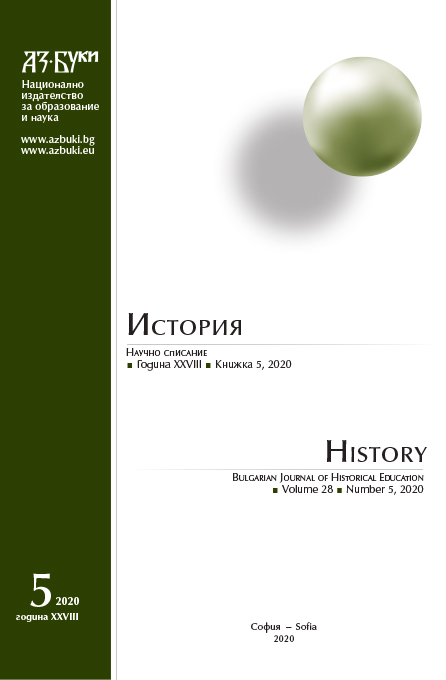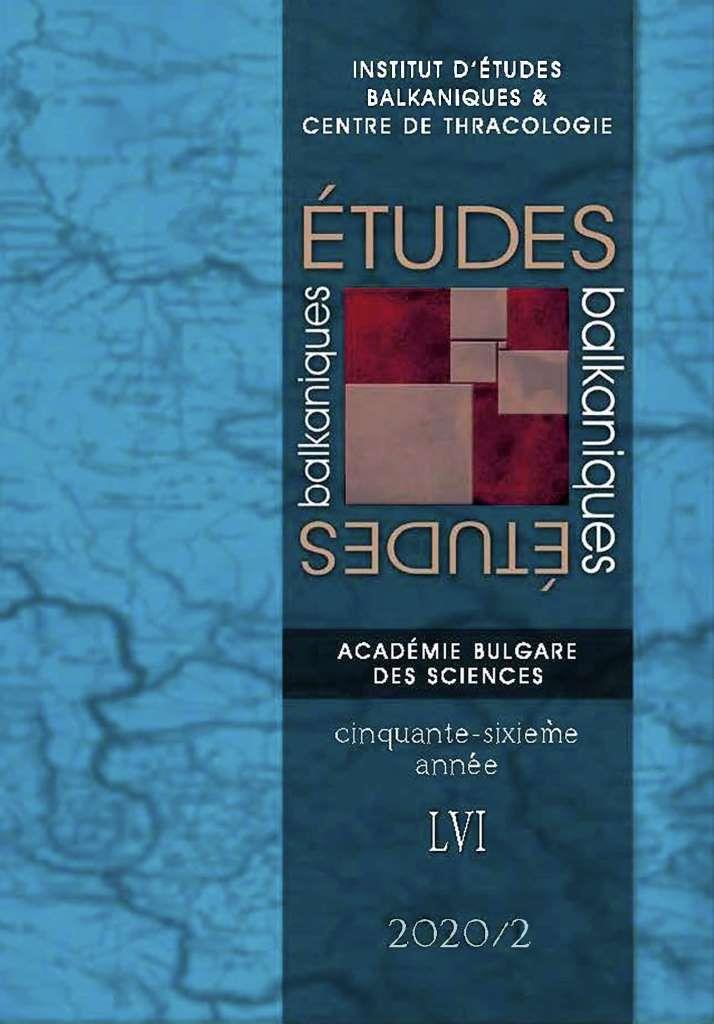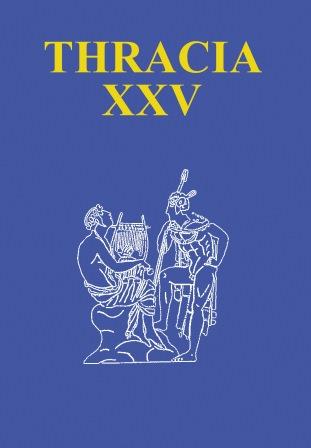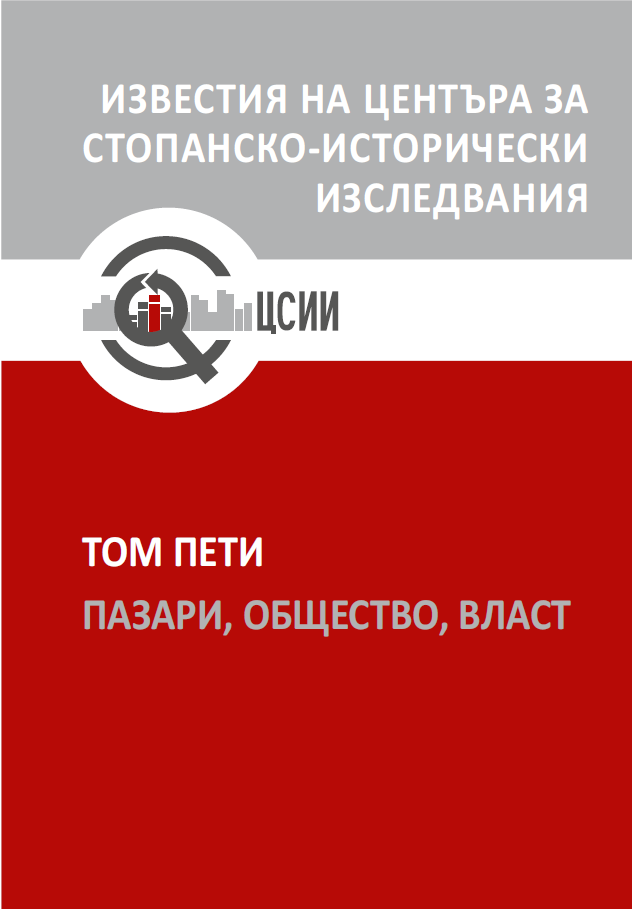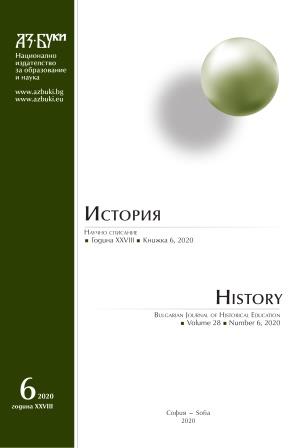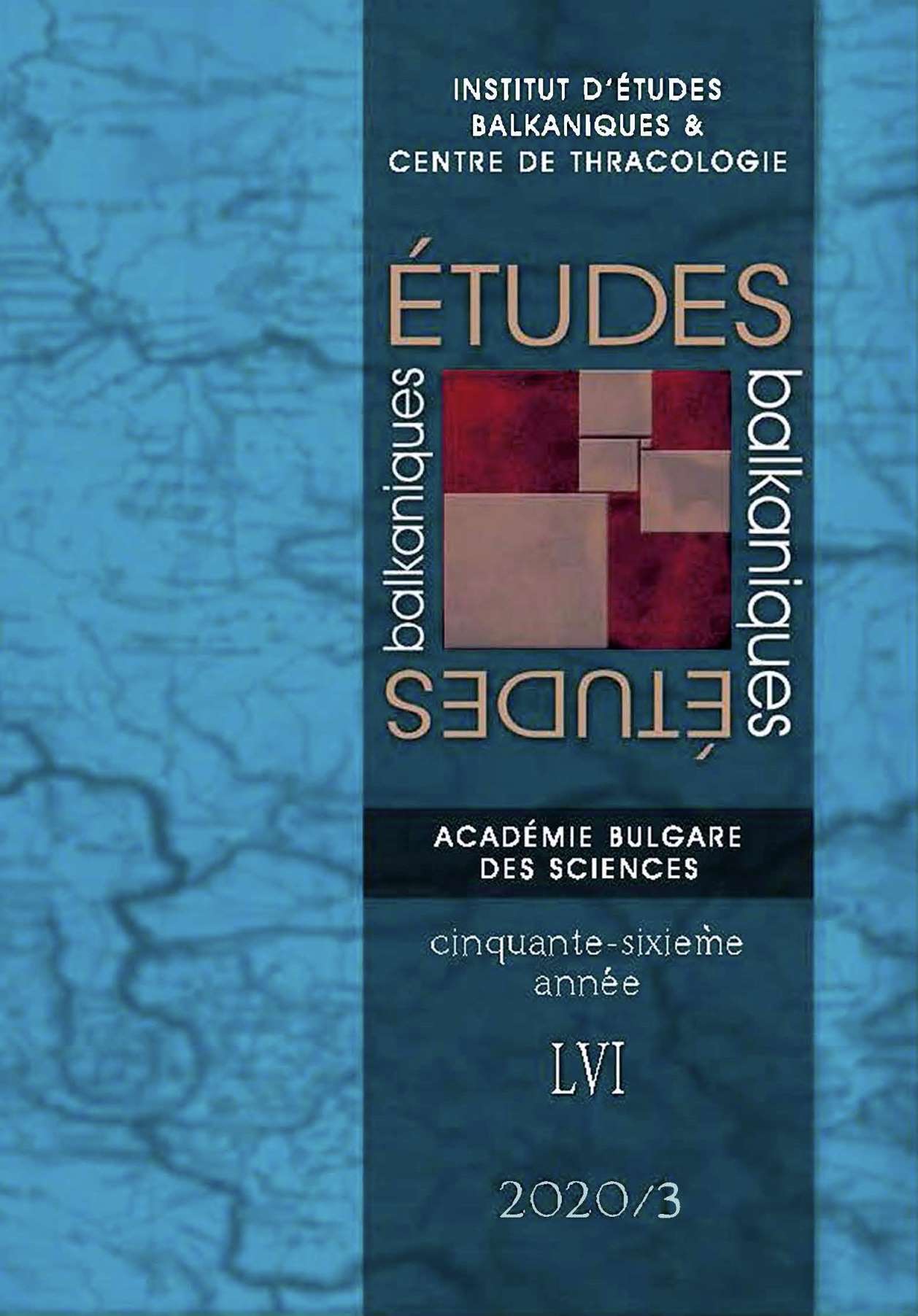Author(s): Petko St. Petkov / Language(s): Bulgarian
Issue: 1/2020
Based on the preserved documentary heritage of Vasil Levski, this paper examines his understanding of authorities, markets and society in both the Ottoman Empire and Europe. The study is based on the latest and most precise edition of the historical documents, the author of which is, or is supposed to be, the Apostle. The conclusions are compliant and based on the existing significant volume of historical literature about Levski. Without claiming to be a discovery, the author's desire is to shed light, as far as possible, on the basis of the Apostle's proven documentary heritage, on his attitude to the issue under discussion – authorities, markets and society. The documents show a strong emphasis on the issue of raising sufficient funds, which occupied Levski’s attention. The money was collected on a voluntary basis, but also forcibly, in order to provide the necessary weapons for the future Bulgarian uprising. In this sense, it is fair to emphasize once again the proverbial honesty and high degree of responsibility shown by the Apostle. Due to the lack of a permanent financial institution, he periodically reports the income, which received, and the expenses he made. The preserved, albeit incomplete, documents show no financial abuses. Moreover, the documents testify about the strict control performed by Levski over the collecting and reporting of funds by other members of the organization.
More...
